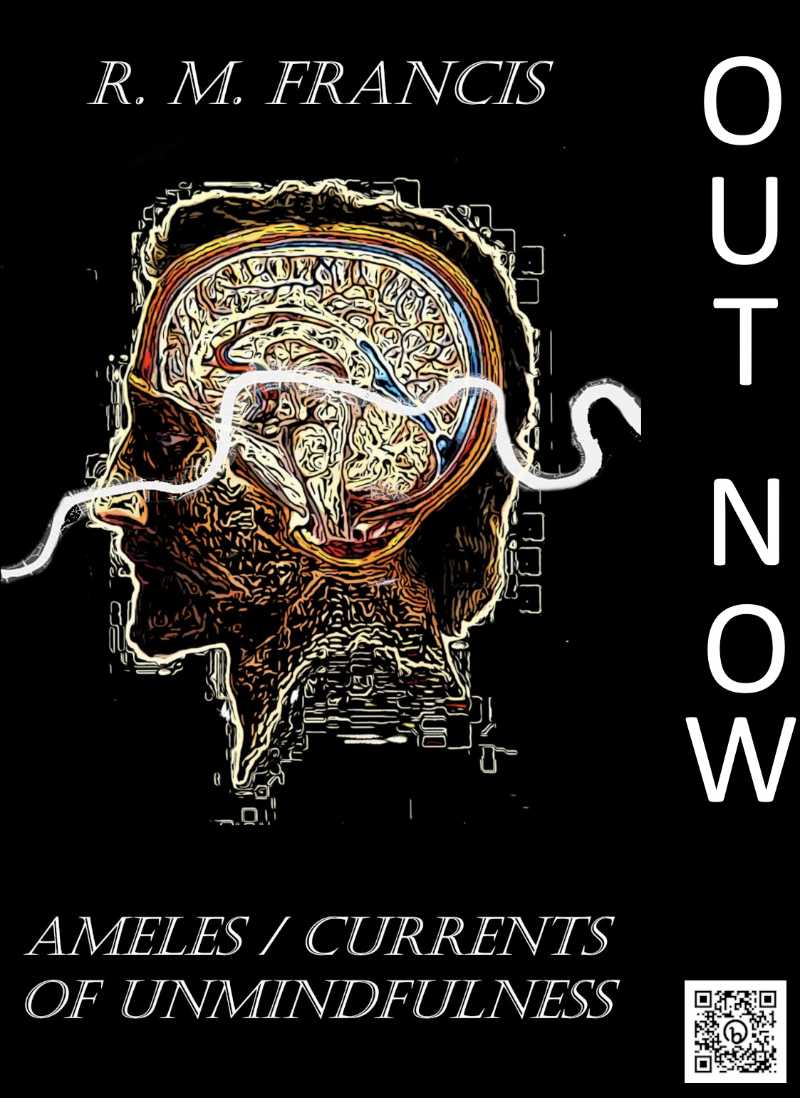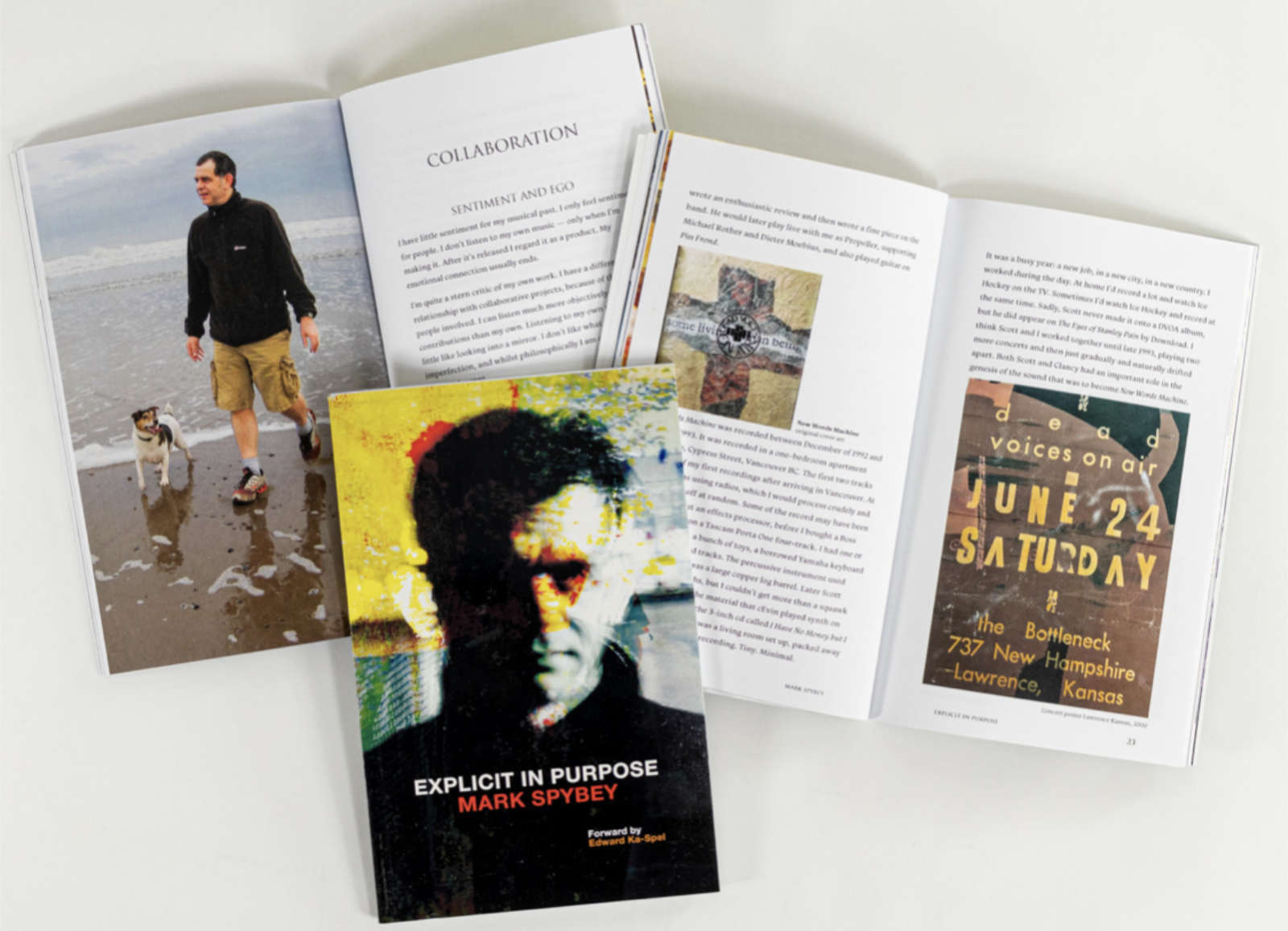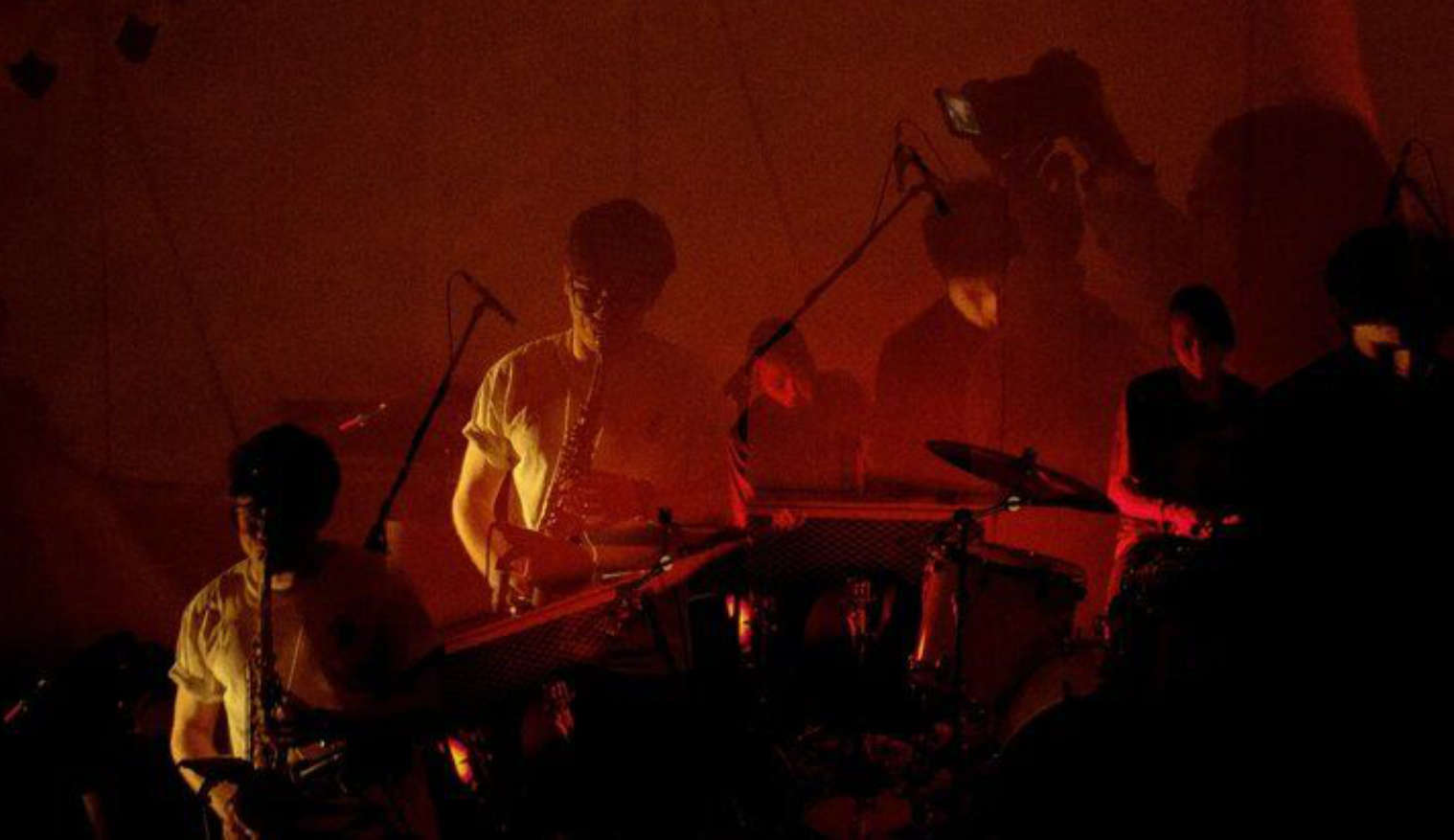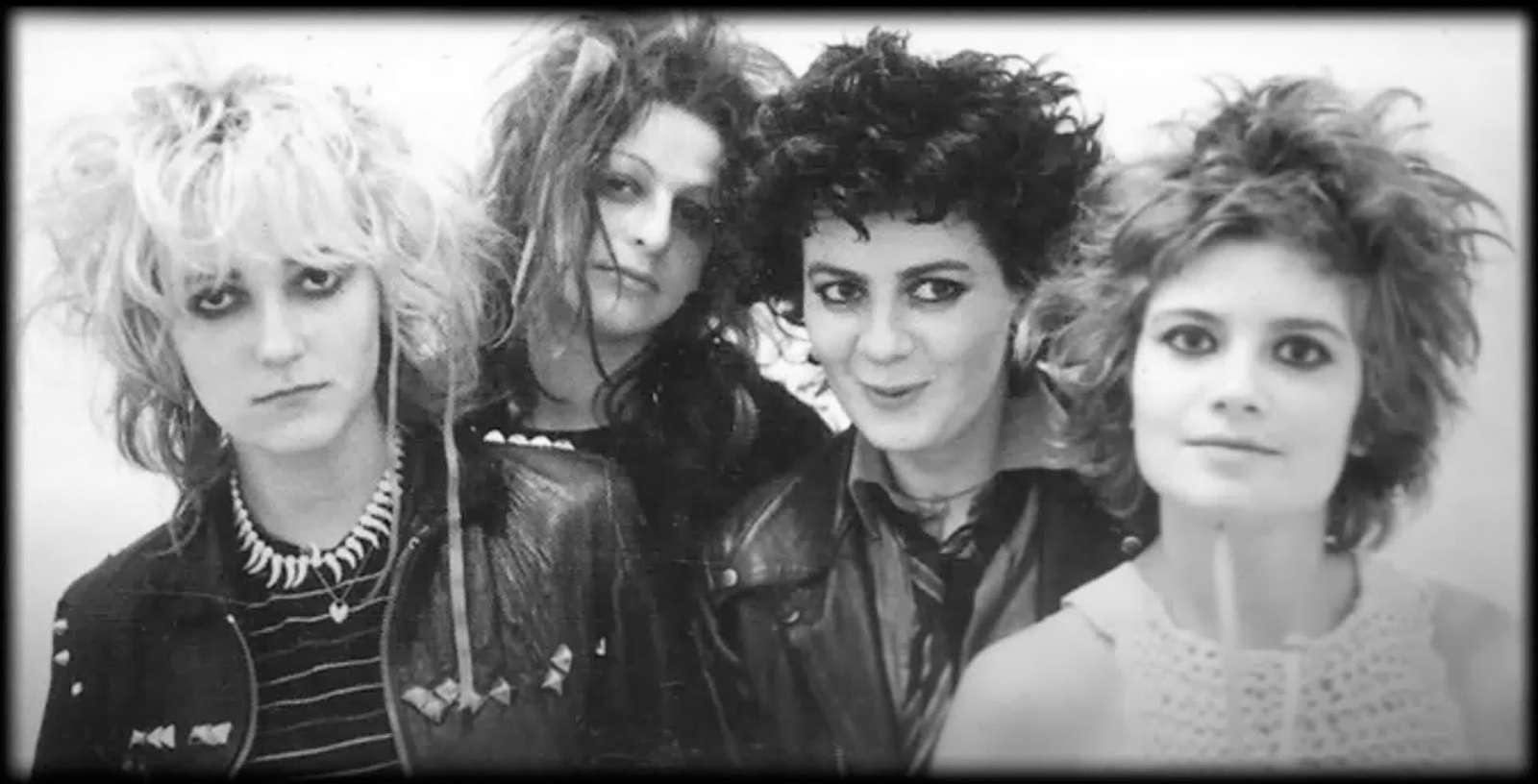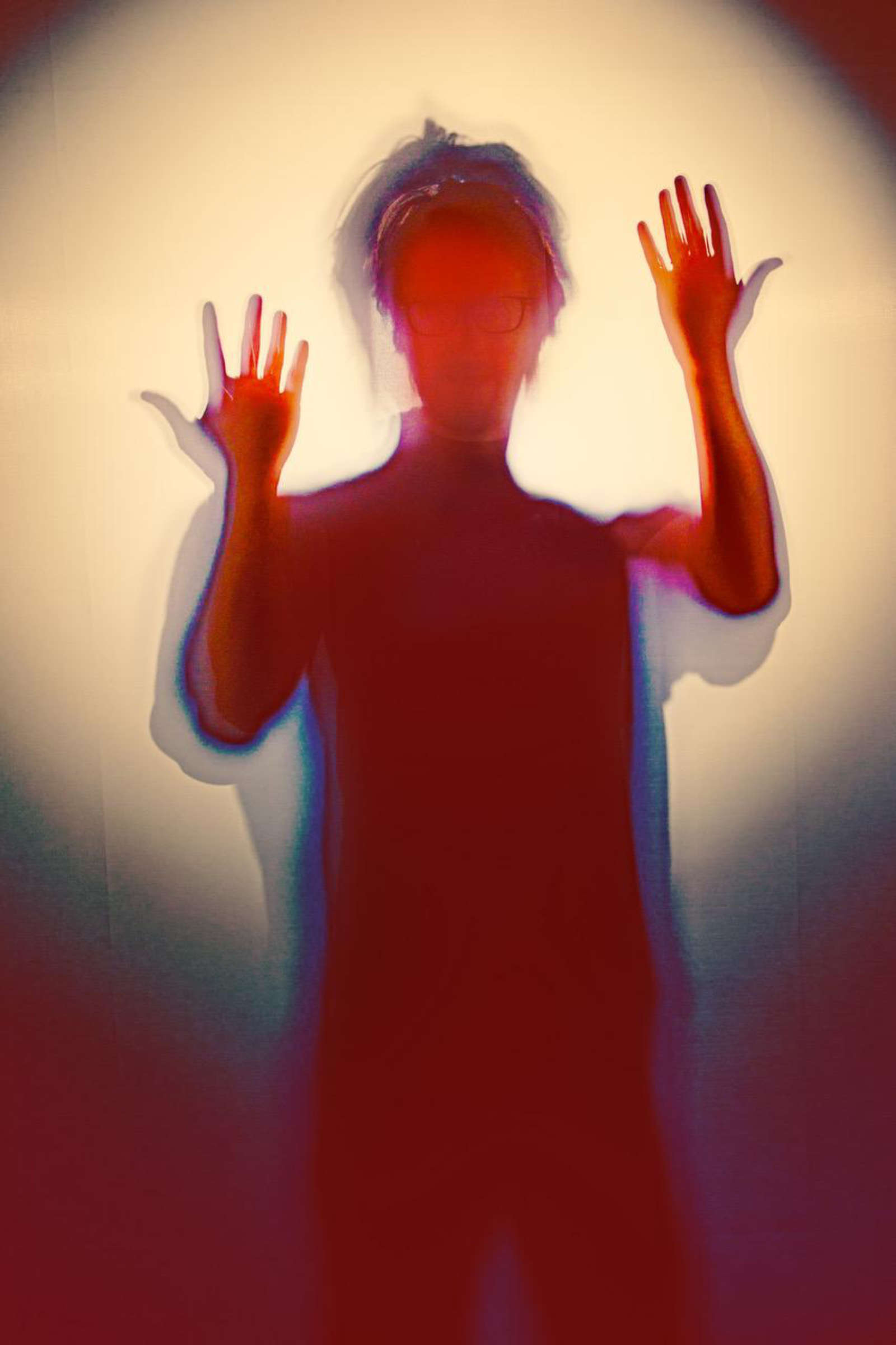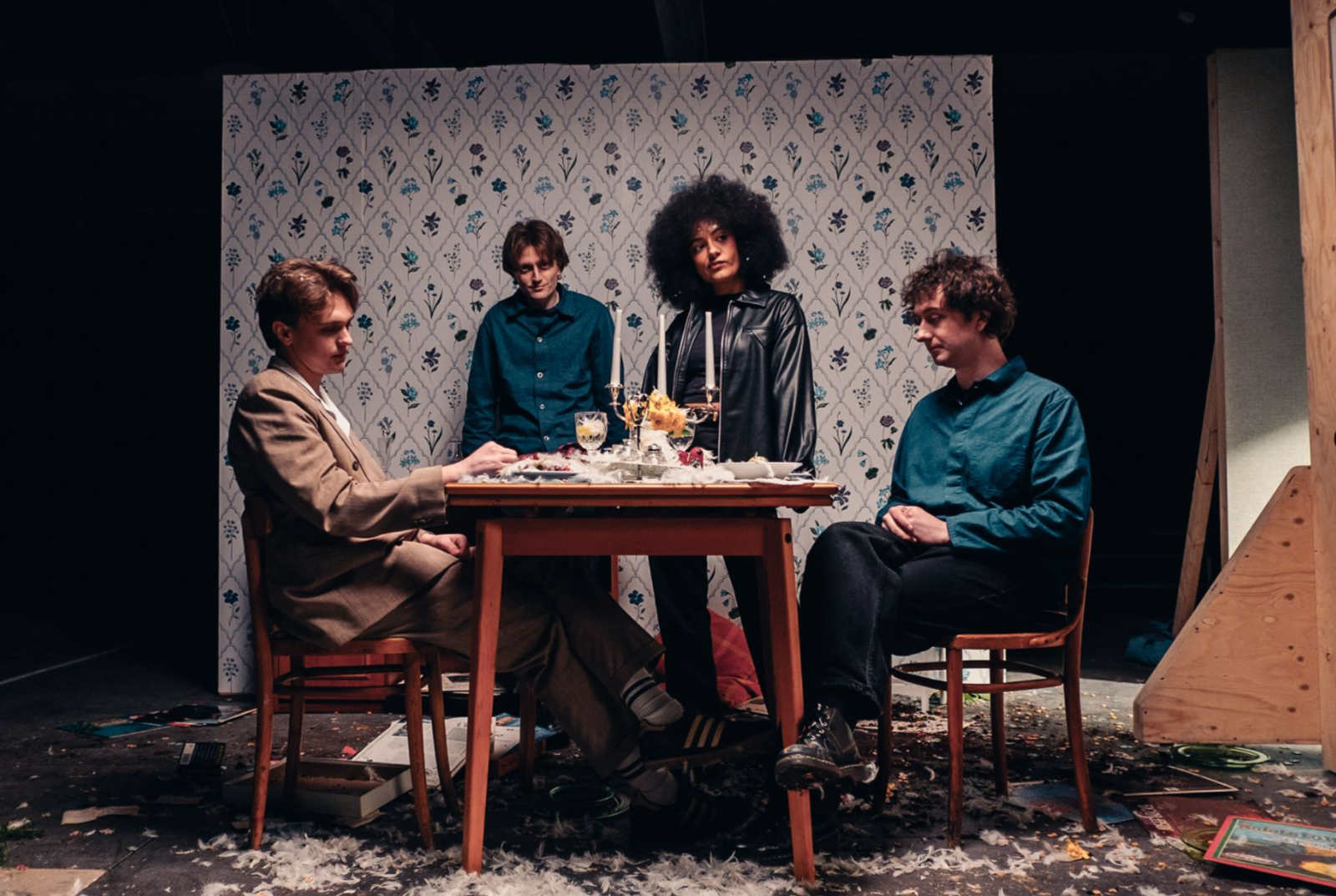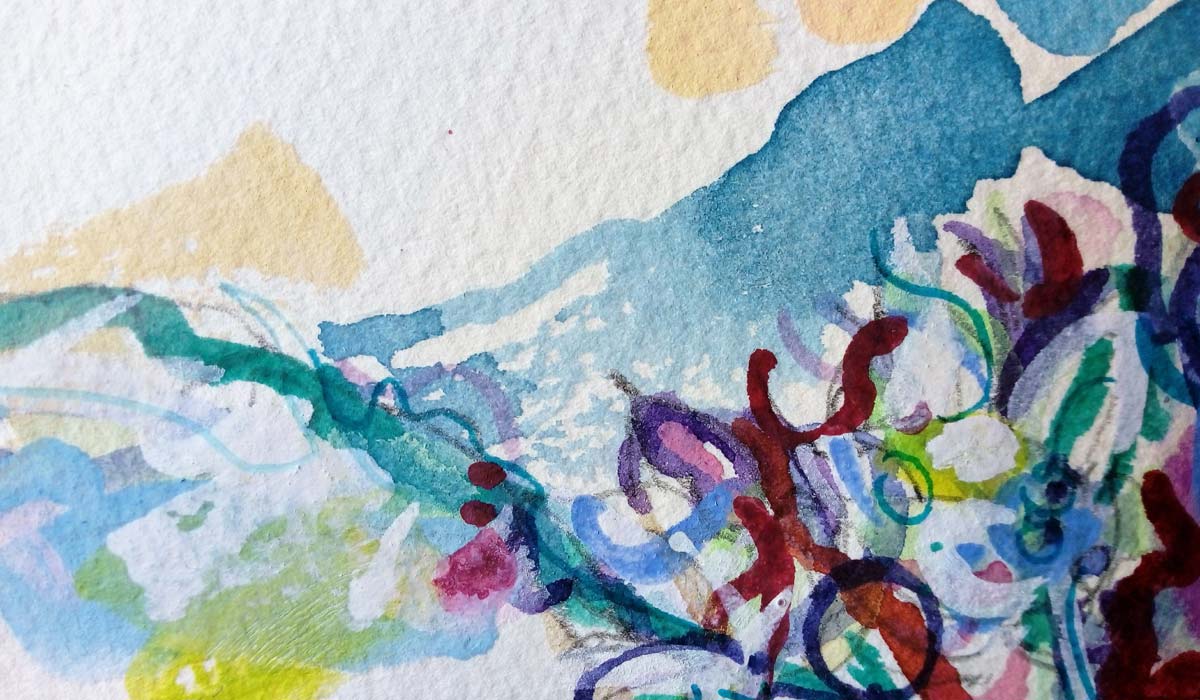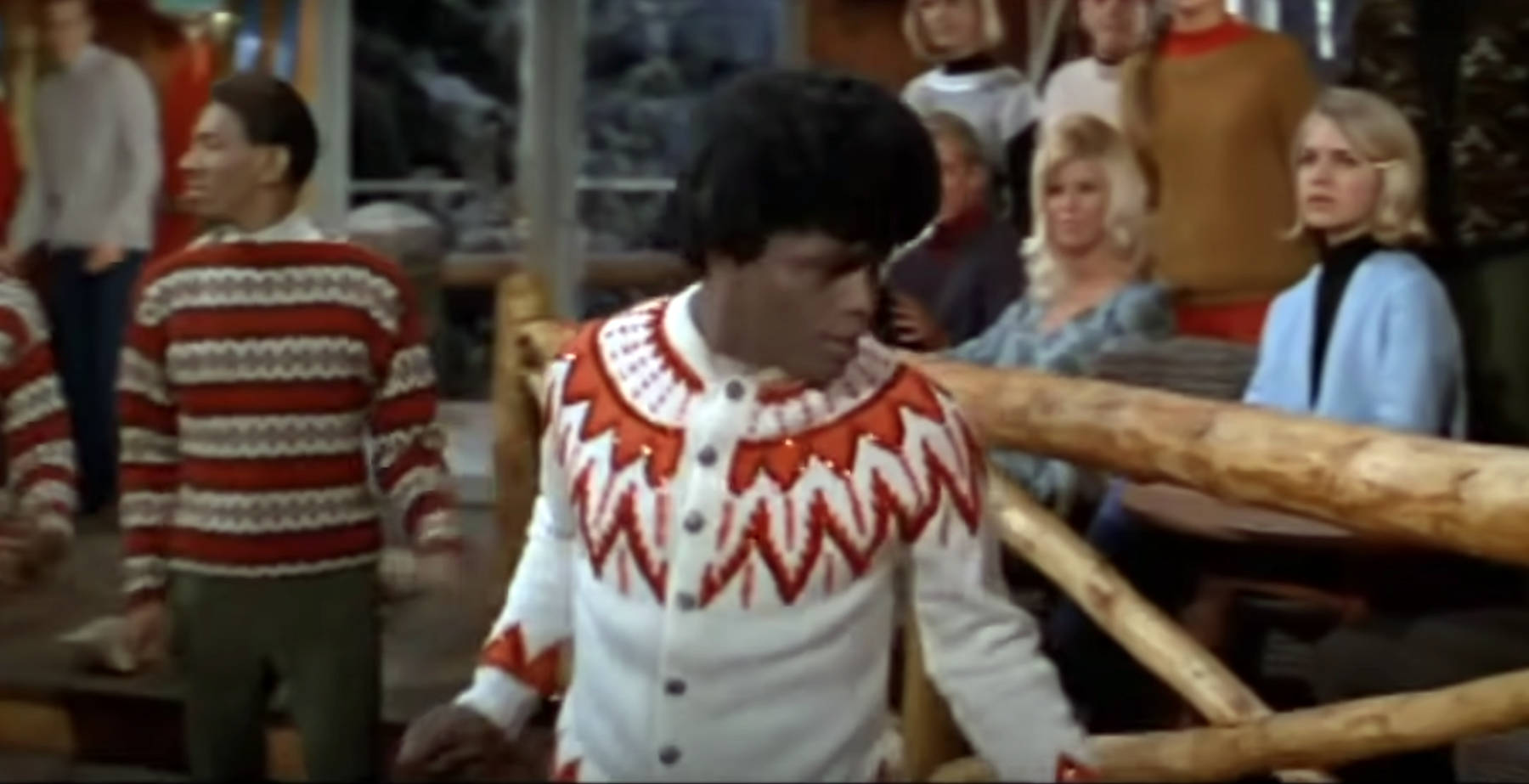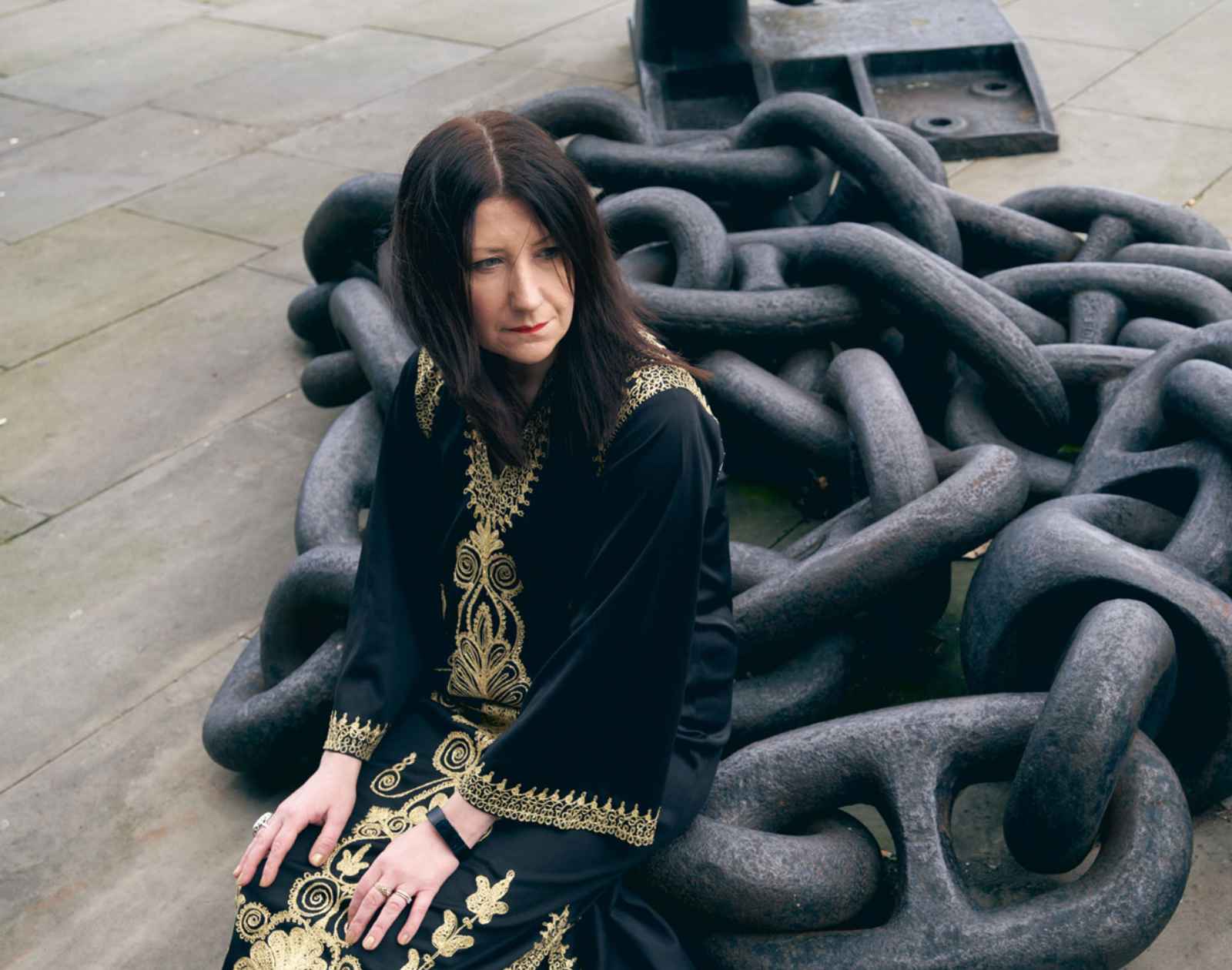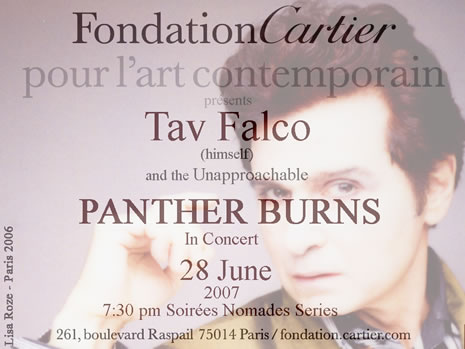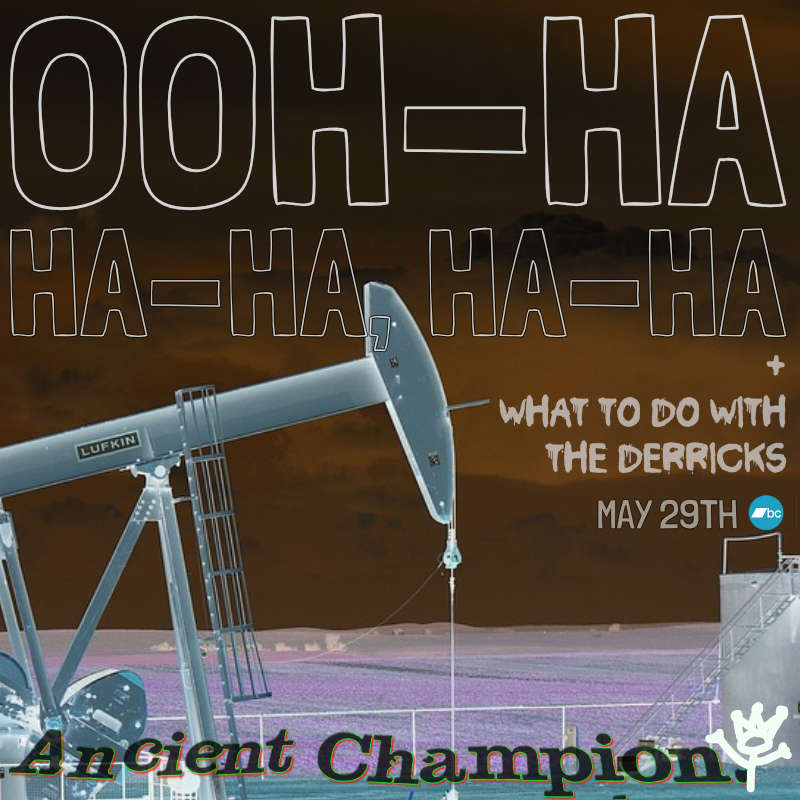Way back in the late sixties, when the art world and the gossip columns crossed swords over a wigged plagiarist that lived in a foil lined loft with a bunch of transgendered speed freaks, there was an ancillary revolution going on in sound, tangentially connected with The Warhol Thing but ultimately on an iceberg of its own. A moppet-lad by the name of John Cale had won a scholarship to come to our crass shores and study under the reigning composer of the time Aaron Copeland, but like all students abroad was taken more with the locals than with the task at hand.
He fell in with a number of miscreants that mixed a number of formal and informal styles of music, creating something new out of the stew. Angus MacLise was a ritualistic drummer who seemingly struck the greater waters and found a ripple with each beat. Lou Reed was a poetic hack songwriter penning bargain bin classics like "Do the Ostrich" seeking a way to marry bubblegum and beatitude. Walter Di Maria was a sculptor who would go on to do things like fill up a Manhattan loft with sump oil. Tony Conrad was an older avant-garde violinist with a bent to the eternal. These cats formed a group called The Primitives, which later transmuted into The Velvet Underground.
Warhol, being ever the businessman, retooled the group to get rid of these avant-garde troublemakers and birthed one of the more interesting rock groups of all time. MacLise disappeared into the beat shaman world of North Africa and Nepal, Di Maria worked on his art resume and Conrad continued to explore eternity on his violin and sine-waver generators, his moment almost in the sun a mere blip on the timeline.
 Tony Conrad
Tony Conrad
Joan of Arc
(Table of the Elements)
Table of the Elements is more than a reissue label dedicated to music few wanted in the first place, it also serves as a conduit through which this strange warm form of minimalism may flow. Among his many unearthed treasures on the label, Conrad's Joan of Arc is a strange one. Usually his pieces involve the protracted sawing away at a violin, creating a mesmerizing dissonance that sounds like elephants shrieking and suns going dim. Here he takes up an hour of time on a friend's pump organ, extracting from it a heavy stream of light which bears the ambiance of its making - the rattle of the bellows, the yank and push of knobs. It is almost a folk recording in that regard. This was informal music, originally intended for the soundtrack of the organ's owner's film that likely few people saw. The recording was no conservatory effort; it was a one man jam. There are points that sound like a stone was placed on the keys with long drones growing with the pace of flowers. It's the kind of piece that makes everything seem stop motion. Then there are points where sub-melodies dart and swerve around like fish visible under the ice. It the tension that makes this like all of Conrad's works, er, work. The need to keep going, which must be going through the mind of someone sitting at a pump organ for an hour, infuses the listener, pushing them to keep going to see the piece through.
 Charlemagne Palestine
Charlemagne Palestine
Strumming Music
(Dunya)
On the other side of the same fence was a wildcat named Charlemagne Palestine. He too sought out an eternal connection found in the long haul drone, but instead of slowly rendering his with overlapping devises, Palestine was more famous for beating it out of the cosmos. His most famous piece is Strumming Music from 1974, where he sat at a grand piano with the sustain pedal depressed, maniacally alternating between two notes in quick secession for an hour. It should be said that adding to spectacle of this is the fact that Palestine would line the top of the piano with a myriad of stuffed animals and dolls he used as familiars, like old ladies with their troll dolls at bingo. OK, so it's a man sitting at a piano, pounding out just two notes over and over for an hour surrounded by dolls. Why bother mentioning this, besides the freak factor? Because of the organic, simplistic beauty of it.
The two tones start to form clusters in the air, overtones overlapping and gaining momentum. Most drone-oriented music lends itself directly to headphones, but to really experience this record at its fullest, it should be played in an open room at a loud volume. The first time I heard this piece, a friend of mine simply told me to sit down and wait when he put it on at a deafening volume. Clouds start to form in the air as the notes blur into each other, with weird ghost strains of melody forming out of the mass. I remember stepping out for a smoke while it played and hearing it rattle the windows of his house, like it was threatening to blow the place up. You would think nothing could happen in a piece with such limiting parameters, but as it turns out, everything happens.
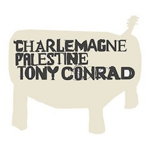 Tony Conrad & Charlemagne Palestine
Tony Conrad & Charlemagne Palestine
An Aural Symbiotic Mystery
(Sub Rosa)
Fast forward 30 years and these two veterans of the psychic wars have seen their cultural cache rise with the tide. Conrad rolls with the Thurston Moore/Jim O' Rourke set of hipster names to drop. Palestine has worked on art exhibitions of his dolls and the occasional festival piece. On An Aural Symbiotic Mystery, the two titans of the drone come together as an orbiting binary star. Palestine's organ drone persists the piece and bolsters up some twinkling piano figures that resemble both his own Strumming Music and McCoy Tyner's transcendental ivory tinkling that bolstered John Coltrane in his later years. Conrad's violin starts out peaceful but over time turns dark and menacing, more like the guitar of some Japanese noise merchant than a violin. It roars and tears over Palestine's passages like a swarm of locusts over a soon-to-be-devoured harvest. While the piece still bears some of the hallmarks of minimalism, there is a tremendous amount of movement here, much more than the usual Steve Reich cell division characterizes the genre. It's a romantic piece in the classical sense of the word, emotions are forced to run through the gears of a machine barely under the control of its masters.
After about 30 minutes, one of backing organ sounds suddenly changes, a disruption so abrupt you almost look around to see what happened. The battle between good an evil has come to a head perhaps, maybe the eventual simultaneous orgasm. Whatever it is, it shakes the ground beneath you. It descends into an uneasy accord, each part asserting itself and retreating. In the final 10 minutes, human voices add to the drones. Not singing exactly but some sort of throat warbling drone, like the souls of the players are being drawn out in the process of playing it. This piece is one so intimate, two very individual voices maintaining their own words yet still creating a synergistic monster and then quelling that monster. One can hear all the potentialities of the world in this conch shell.





